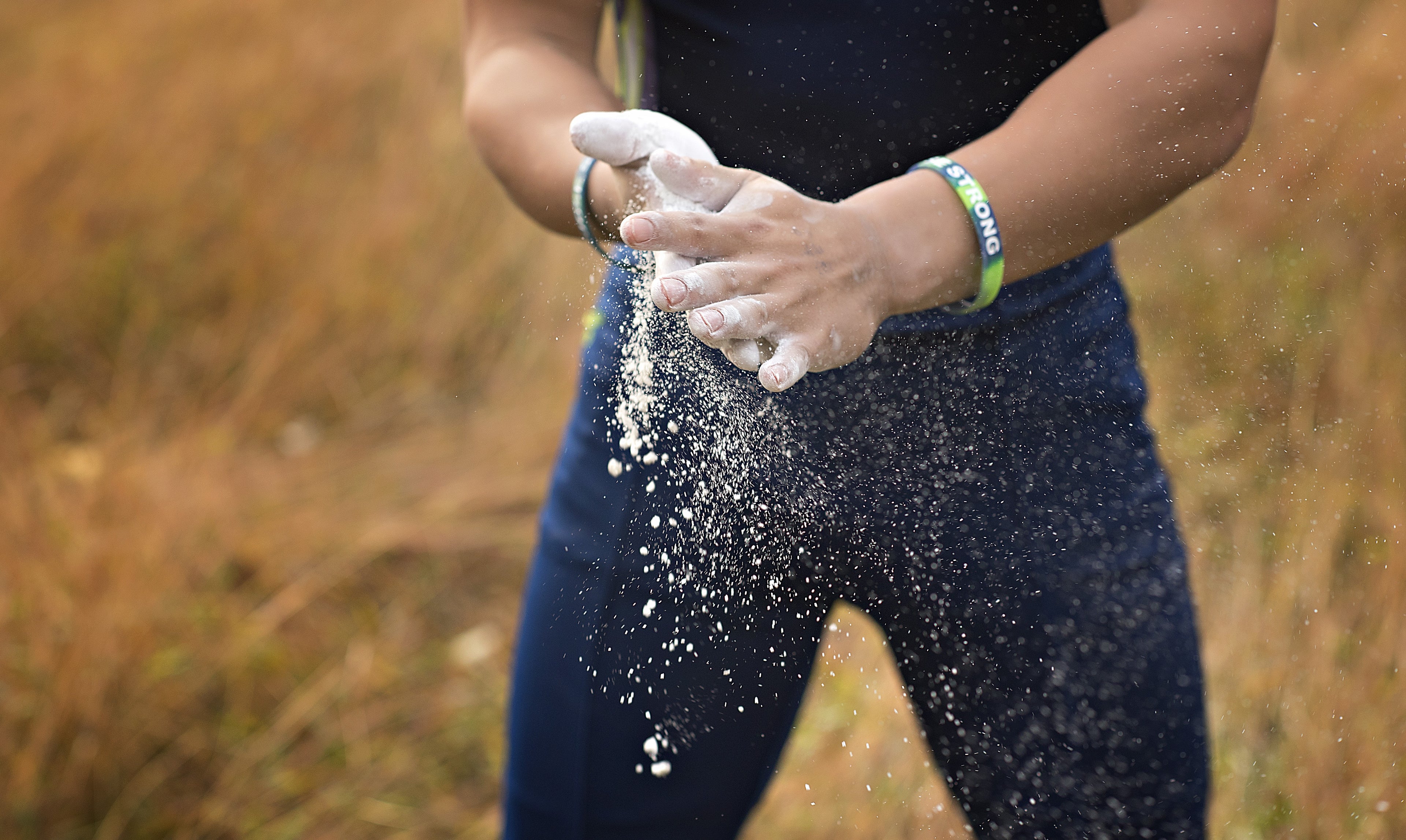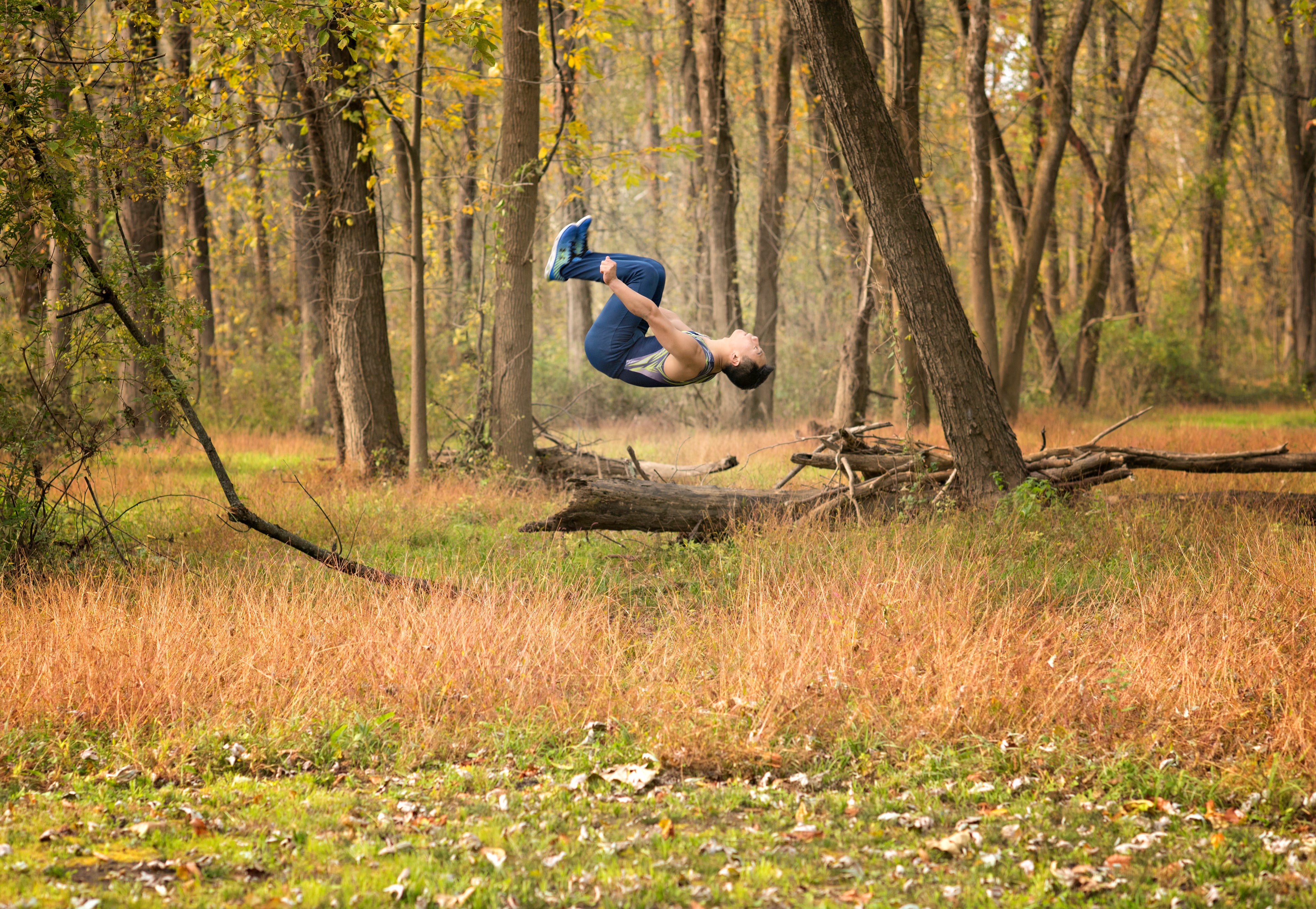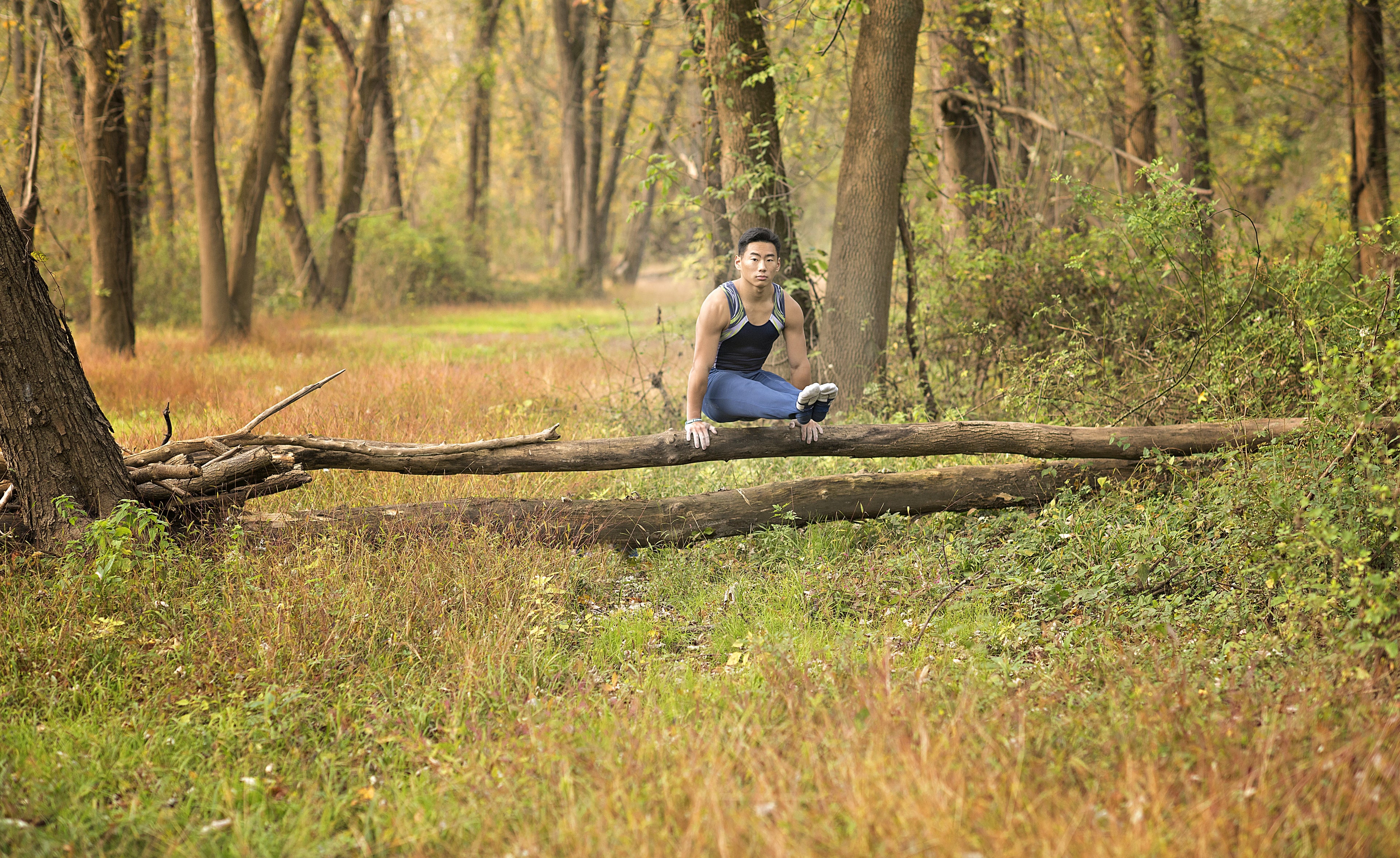
Unlock your Strength

Unlock your Dance Acrobatic Potential

Meet Coach Andrew
-
Our Philosophy
Our main goal is to teach valuable lessons in a safe, healthy, and positive environment. We strive to do that by working in each athletes' best interests.
-
Our Teachings
- "Just start trying it, we can fix it later"
- "Confidence is key"
- "Your mindset determines your success"
Why Does Overall Fitness Matter?
-
Working Out:
- Improves mood
- Boosts energy
- Combats health conditions and diseases
- Promotes better sleep
- Promotes better overall quality of life
-
Strength Training:
- Improves mental health
- Focuses negative thoughts into a positive outlet
- Improves heart health
- Allows for increased flexibility and mobility
- Boosts self-esteem
-
Flexibility and Mobility Training:
- Improves range of motion
- Reduces risk of injury
- Helps with posture
- Increases power and strength
- Allows for better technique
Dance Acrobatics
-
What is it?
Acrobatics in dance is the new hot topic that can add elements of excitement, action, and thrill. Our goal is to teach these intense flipping skills in controlled environments before dancers go out and try them on hardwood studio floors or out in competition. Dance acrobatics is commonly thought to consist of back and front walkovers, and side aerials. However, it can expand out to other skills such as: front aerials, switch/spyder walkovers, parafusos, 540s, butterflies, and much more.
-
What are the benefits?
To master acrobatic elements it takes courage, strength, mental fortitude, and physicality. Through training these skills dancers gain flexibility, overall body awareness and strength, muscle control, and most importantly confidence in themselves.
In acrobatics, nothing will be exactly perfect. Dancers have to learn how to fall, get back up, and try again. This is a valuable skill that can apply to other challenges and obstacles they may encounter later on in life.
Dance in College
-
Division III/Community College
When it comes to D3/CC dance acrobatics is typically encouraged but not required or needed. Some schools will vary, but most do not use high level tumbling and flipping in their routines. Many will have dance teams that showcase at school football and basketball games. They will also make appearances at other school events and host many fundraising opportunities. D3 dance is more geared towards the ability to continue your passion for dance while being able to meet new friends.
-
Division II
When it comes to D2 dance acrobatics it will vary on the school and if they have competition dance teams. Many D2 schools will have club dance teams and competition dance teams. Some dancers have the opportunity to be on multiple teams or may choose to only be on one team. Similar to D3 schools, club teams will make appearances at home sporting events, fundraisers and other school events. Competition teams will have a stricter training and dance schedule, as well as having to take time out of your studies to travel. Many of the D2 schools will want a minimum of front walkover, back walkover, side aerial, kip ups, headsprings, jumps/leaps, as well as variations. However, they will teach you specifics on how they want it done and performed. Depending on the school, just having these skills can get you on a team fairly easily. For other schools, these skills may only be enough to try out. In D2 auditions you can expect anywhere from a few dozen to 100+ different dancers trying out, and you can expect 1-3 rounds of auditions.
-
Division I
When it comes to D1 dance acrobatics a majority of the schools will have different dance teams, such as club, pom, hip-hop, and showcase. These teams are extremely hard to make it on to and require high level acrobatics and precision. Each team is dedicated to different styles of performance and have different overall goals. This requires a lot of time and dedication to practices, traveling, and competing on top of their already complex college schedule. Similar to D2, most D1 schools will want a minimum of front walkover, back walkover, side aerial, kip ups, headsprings, jumps/leaps, as well as variations. However, unlike D2, these skills are only enough to get you into the auditions. You want to be able to make yourself stand out as much as possible and be able to include other skills. Even if they are not part of the auditions, it is always better to have more prepared. Some of these skills can include standing back handspring, round off back handspring, standing back tuck, round off back tuck, both side aerials, front aerials, side sumis, 540, Raiz, and many other variations. In D1 auditions you can expect anywhere from 100-500+ different dancers trying out, and you can expect a minimum of 3 rounds of auditions.
COMING SOON...
-
Community Calls
- Our goal is to create a community of likeminded athletes that can learn and grow with each other.
- Join us on a live call to ask questions about our DnA or Fitness Programs, hear feedback from others, and receive helpful tips, reminders, and ideas for training skills.
-
New Programs
We are always striving to bring more plans, programs, and ideas to you. We want you to have the most accurate training and are continuously evaluating and updating our current programs as we see fit.
Under our Fitness Programs we want to create:
- Agility and Power
- Endurance and Stamina
- Strength Training
We also want to create a environment of constant rehabilitation and teaching these young athletes how to take care of their bodies as they grow.
-
Long Term Goals
- Bring online contests to life through social media challenges
- Begin opening to online lessons for groups and private lessons
- Begin opportunities for in-person events and training
- Build and bring an app platform for these young athletes to create better and quicker access and program tracking
- Bring to life a community forum where athletes can communicate with each other in a safe, healthy, and positive environment
